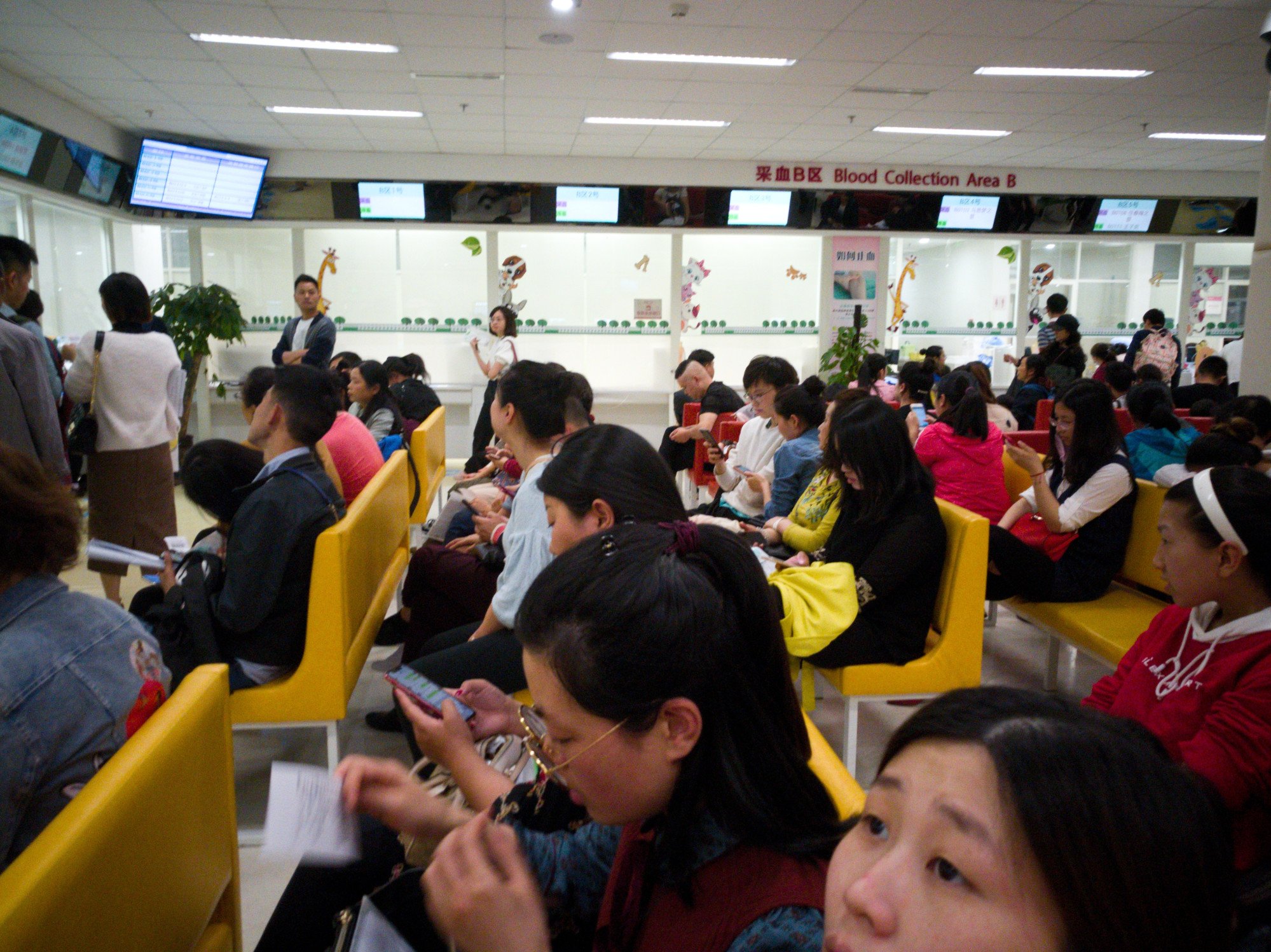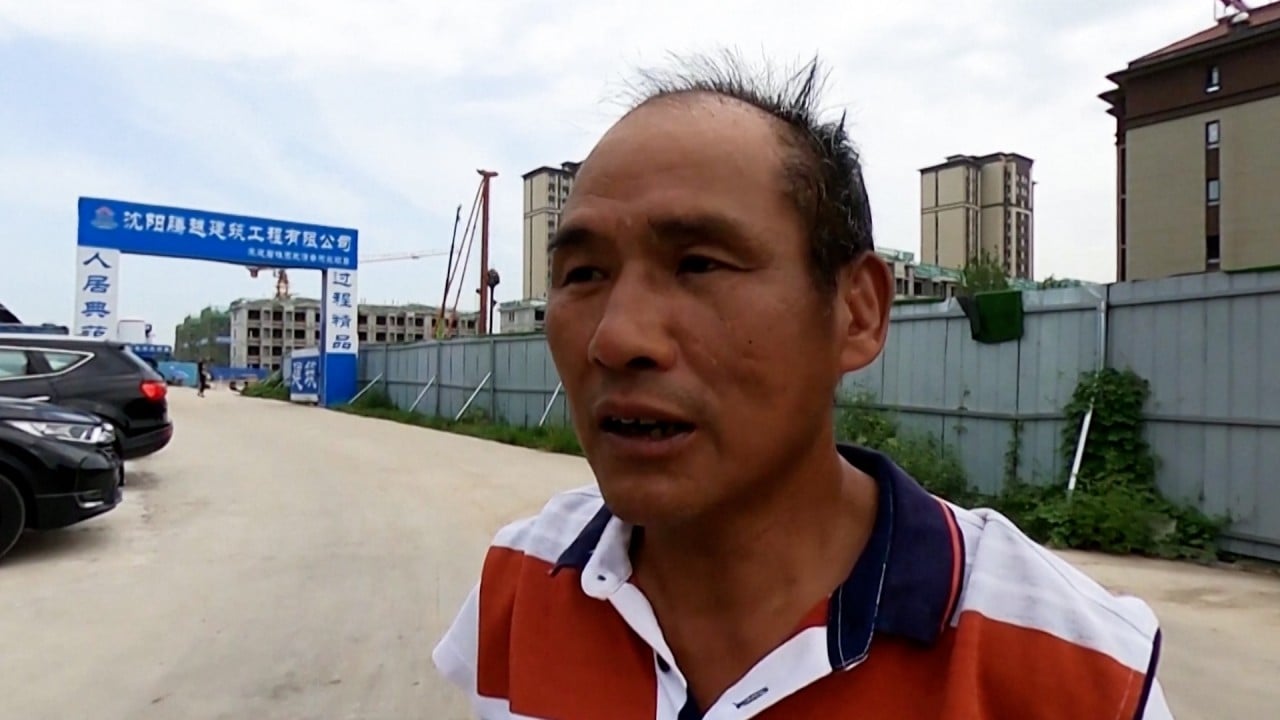
Done right, China’s healthcare reforms could boost the economy and more
- Beyond a corruption crackdown, a structural reconfiguration of the healthcare system would unleash the consumption long suppressed by the need to save for costly medical bills
- It would also build confidence, improve social stability, boost the government’s standing and, perhaps, even encourage births
Although the US spends more than 18 per cent of its gross domestic product on healthcare, far above many other countries, it was ranked last out of 11 of the world’s richest countries in a 2021 Commonwealth Fund survey of healthcare systems. Among the rich countries the fund studied, the US was the only one without universal healthcare.
To make sense of this level of government health spending, we can look at Australia, whose healthcare system ranked third in more than one survey. Australia’s health spending was 10.7 per cent of its GDP in 2020-21 – about 50 per cent higher than China’s. But over 70 per cent of this health expenditure came out of government funds, comprising about 7.5 per cent of GDP. Compared to China, as a proportion of the economy, the government in Australia spent almost four times as much on the health of its people.
There are plenty of healthcare role models in Asia, such as South Korea, Japan, Singapore and Taiwan – which was recently ranked as having the best healthcare in the world in a magazine survey of 110 countries and territories. Taiwan delivers its universal single-payer healthcare services primarily through the private sector.

Besides a lack of transparency and oversight, there are structural reasons for this state of corruption. Without adequate funding from the government, better medical security, or high enough fees, the shortfall must be covered somehow.
And the system is too concentrated in the large public hospitals, which also dispense most of the medicine. In Australia, for example, only about 40 per cent of health spending went to hospitals.
In China, a reconfiguration of healthcare roles and responsibilities to better involve lower-tier hospitals, community clinics and pharmacies may deliver more effective services and check abuses.
Beijing is aware of the problem and its crackdown on corruption in healthcare is the latest in a slew of initiatives aimed at tackling chronic livelihood issues, including education and housing.
If any lesson is to be learned from China’s earlier crackdowns, it is that a sudden and harsh brake is seldom effective in addressing a complex social problem. Beyond an anti-corruption campaign in the healthcare sector, China needs coordinated structural reforms.
China must renew resolve to tackle its epidemic of chronic diseases
A systematic redesign must take place to realign the interests of healthcare providers and patients. The illicit profits captured by administrators, senior doctors and healthcare suppliers – including pharmaceutical and medical device companies – must be redistributed to patients and doctors fairly and transparently, while wastage in the system is eliminated.
Compared to the diminishing returns of building ever more infrastructure, investing in healthcare would yield much better social and economic returns. It would unleash the latent demand long suppressed by the need to save for the high costs of healthcare. It could also be a key engine of new employment – of recalibrated, well-paid jobs for health professionals.
Doctors, who have extraordinary power over their patients, are expected to have the highest ethical standards. That the profession has become systematically corrupt is a sign of social malignancy.
At the core are not a few bad apples but fundamental flaws in the system’s architecture. Beyond delivering more effective healthcare, the moral fabric of China’s society is at stake in the reform of its healthcare system.
Winston Mok, a private investor, was previously a private equity investor



